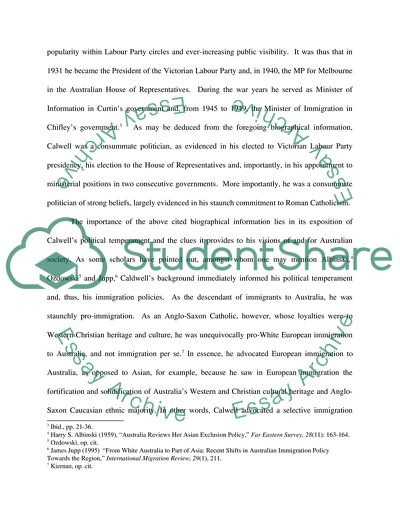Cite this document
(Immigration Policies and Their Societal Effects Case Study, n.d.)
Immigration Policies and Their Societal Effects Case Study. Retrieved from https://studentshare.org/sociology/1542664-history-subject-migrants-refugees-and-australian-society-topic-what-were-the-effects-of-arthur-calwells-background-temperament-ideals-and-ambitions-upo
Immigration Policies and Their Societal Effects Case Study. Retrieved from https://studentshare.org/sociology/1542664-history-subject-migrants-refugees-and-australian-society-topic-what-were-the-effects-of-arthur-calwells-background-temperament-ideals-and-ambitions-upo
(Immigration Policies and Their Societal Effects Case Study)
Immigration Policies and Their Societal Effects Case Study. https://studentshare.org/sociology/1542664-history-subject-migrants-refugees-and-australian-society-topic-what-were-the-effects-of-arthur-calwells-background-temperament-ideals-and-ambitions-upo.
Immigration Policies and Their Societal Effects Case Study. https://studentshare.org/sociology/1542664-history-subject-migrants-refugees-and-australian-society-topic-what-were-the-effects-of-arthur-calwells-background-temperament-ideals-and-ambitions-upo.
“Immigration Policies and Their Societal Effects Case Study”. https://studentshare.org/sociology/1542664-history-subject-migrants-refugees-and-australian-society-topic-what-were-the-effects-of-arthur-calwells-background-temperament-ideals-and-ambitions-upo.


